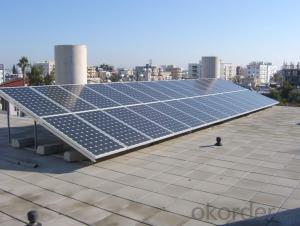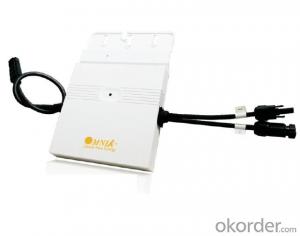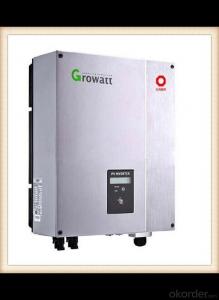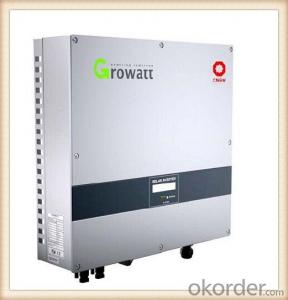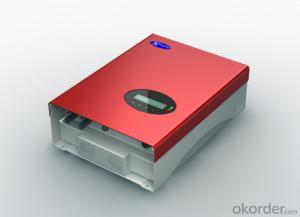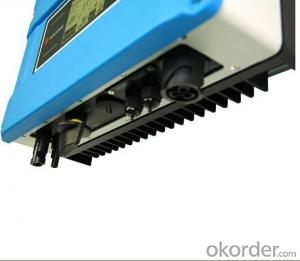Solar Panel With Inverter
Solar Panel With Inverter Related Searches
Best Solar Inverter For Home Power Inverter For Solar Panel Home Power Inverter For Solar Best Inverter For Solar Pv Best Inverter For Solar Mini Solar Inverter For Home Micro Inverter For Solar Panel Solar System For Inverter Ac Mppt Inverter For Solar System Solar Inverter Cost For HomeHot Searches
China Ac Module Solar Panel Ac Module Solar Panel Price Solar Panel Module Price Small Solar Inverter Price Solar Energy Price Solar Panel Module Size Solar Panel Module Types Home Solar Energy Cost Solar Energy Storage Cost Solar Energy Wholesale Buy Solar Energy Solar Energy Types Energy Solar Company Solar Energy Suppliers Solar Inverter On Grid Price Grid Tie Solar Inverter Price Solar Grid Tie Inverter Price Solar Grid Inverter Price Solar Inverter On/Off Grid Solar Inverter For LaptopSolar Panel With Inverter Supplier & Manufacturer from China
Okorder.com is a professional Solar Panel With Inverter supplier & manufacturer, offers integrated one-stop services including real-time quoting and online cargo tracking. We are funded by CNBM Group, a Fortune 500 enterprise and the largest Solar Panel With Inverter firm in China.Hot Products
FAQ
- The key factors affecting the warranty coverage of a solar inverter include the length of the warranty period, the terms and conditions outlined in the warranty document, the reputation and financial stability of the manufacturer, the quality and reliability of the inverter components, and any limitations or exclusions stated in the warranty.
- The potential risks of electrical shock from a solar inverter include: 1. Improper installation or faulty wiring, which may result in exposed live wires and increase the chances of electric shock. 2. Inadequate grounding or lack of proper safety measures, leading to the possibility of electrical leakage and shock hazards. 3. Accidental contact with energized components during maintenance or repair work, especially if proper safety precautions are not followed. 4. Inverter malfunctions or defects, such as insulation breakdown, which can expose individuals to electric shock. 5. Working with solar inverters in wet or damp conditions, as moisture can increase the conductivity of electricity and heighten the risk of shock. 6. Ignoring warning signs or not following manufacturer guidelines for safe operation and maintenance, which can contribute to electrical shock incidents.
- The role of a remote monitoring system in a solar inverter is to provide real-time data and analysis of the solar inverter's performance and energy generation. It allows for remote access and control, enabling the monitoring and management of the solar system from a central location. This includes monitoring the system's output, identifying and diagnosing any issues or faults, optimizing energy production, and ensuring overall system efficiency and reliability.
- Yes, a solar inverter can be used in a solar-powered telecommunications system. A solar inverter is an essential component in such systems as it converts the DC (direct current) electricity generated by the solar panels into AC (alternating current) electricity, making it compatible with the telecommunication devices and equipment.
- To troubleshoot common issues with a solar inverter, start by checking the connections and ensuring they are secure and undamaged. Verify that the DC input and AC output are receiving power properly. If there is no power, check the circuit breakers and fuses. It's also important to inspect the solar panels for any shading or debris that may affect their performance. Additionally, reviewing the error codes or indicators on the inverter can provide valuable insights into the problem. If the issue persists, consulting the manufacturer's manual or contacting a professional solar technician would be recommended for further troubleshooting and repair.
- The role of a solar inverter in preventing islanding is to constantly monitor the electrical grid and immediately disconnect from it if it detects a fault or disruption. By disconnecting from the grid, the solar inverter ensures that it does not continue to generate power and create a self-sustaining island of electricity, which could pose a safety risk for utility workers attempting to fix the fault.
- The maximum AC output power of a solar inverter is determined by its capacity and specifications, but it typically ranges from a few hundred watts to several kilowatts.
- A centralized solar inverter system has a single inverter that is responsible for converting the DC power generated by multiple solar panels into AC power for use in the building or to be fed back into the grid. In contrast, a decentralized solar inverter system has individual inverters connected to each solar panel, allowing for independent conversion of DC power into AC power. The main difference lies in the level of control and flexibility, as centralized systems typically offer more efficient power conversion but are reliant on the performance of the entire system, while decentralized systems provide greater adaptability and fault tolerance but may have slightly lower efficiency.



